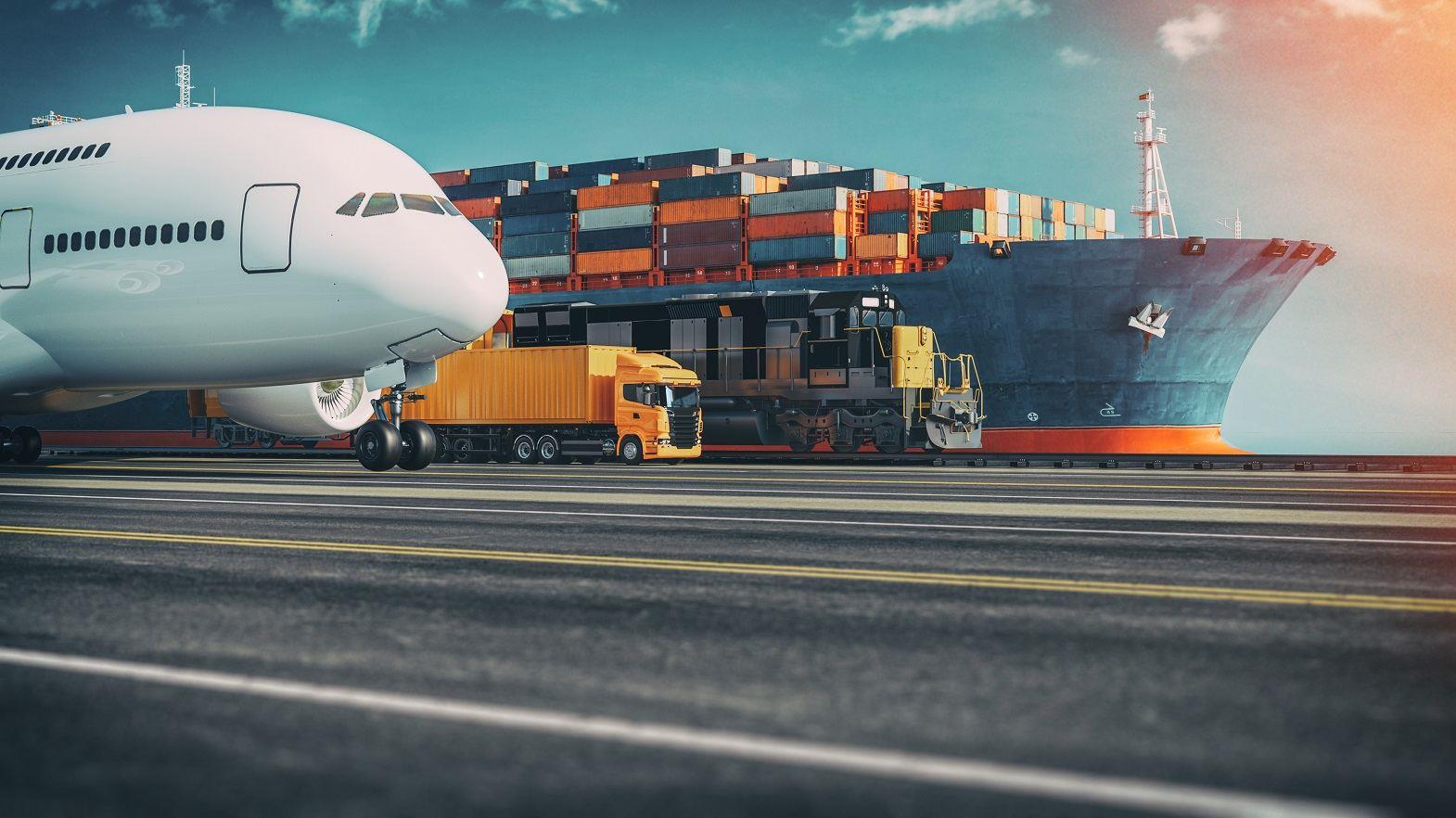The expected changes in taxationpolicies and regulation of service providers would be the most importantfactors in the process of development of the logistics industry. That apart,growth of overall logistics network from the perspective of trade would beessential in boosting the government's 'Make in India' initiative, writes NiravKothary, National Director - Industrial Services, JLL India.
The Indian logistics sector isundergoing transformation with a restructuring of both its stakeholders:transportation and storage. Against the backdrop of expansion in the economy,the logistics industry has assumed a pivotal role in reducing costs byimproving efficiency and increasing competitiveness. The interplay ofinfrastructure, technological advancements and newer types of servicesassociated with this industry is likely to define how it is going to help thecustomers in reducing costs with the provision of efficient services.
The expected changes in governmenttaxation policies and regulation of service providers would be the mostimportant factors in the process of development of the industry. That apart,growth of overall logistics network from the perspective of trade would beessential in assisting Government of India's 'Make in India' strategy.
In the report 'Indian Logistics -Taking Giant Leaps Forward', JLL addresses logistics-related properties as aseparate and individual asset class within the industrial real estate sector.We offer informed views on the overall logistics sector dynamics and locationand cluster level analysis across top Indian cities. Simultaneously, weestimate the impact of e-commerce on the industrial real estate sector, as wellas the effect of future government taxation changes.
As India depends on roadways - thecostliest mode of travel - for a majority of its domestic freight transfers (agood 57 per cent of goods are still transported by road) it is imperative toimprove on this transportation network. Accordingly, in its 12th Five YearPlan, the Union Government has laid out a robust investment of $892 billion inthe infrastructure sector, with an allocation of $146 billion till 2017 to theimprovement of roadways alone.
On the storage front, thee-commerce industry is proving to be a big catalyst. It is expected to spend$1-2 billion on warehouses and logistics in the next 2-3 years to reducedistribution costs, enable faster deliveries and increase market coverage. In2014, almost 25 per cent of the total new Grade A and Grade B warehousingsupply in India was absorbed by e-commerce players alone. An additional 8-10million sq ft is expected to get absorbed by e-commerce players by 2017-18.
The Goods and Services Tax (GST)will be another big push that will help warehousing, manufacturing andlogistics industries in India. Touted to have the potential of adding 1-2 percent to the country's GDP growth, GST is built in the value-added structure,which would eliminate the cascading effect of taxes (tax on tax). It is alsoexpected to boost tax collection by making compliances easy, and reduce overalltaxation levels.
The government is also pushing its ambitious plan of rolling out the GST by early next year. The Union Cabinet as recently moved amendments to the GST Constitutional Amendment Bill. The crucial tax, said to be the most ambitious tax reform in decades, aims to include a host of Central as well as state-level taxes and turn India into a national market.
GST benefits to impacted sectors
• Cost reduction for manufacturers: As the current tax structure has two layers at the Central and state levels, manufacturing units have to shell out a good amount of money to transport their goods. They end up paying multiple taxes on the transportation. Once GST is rolled out, there will be a common tax structure and thus, the burden of paying tax over tax will reduce. Such units will not have a varied tax structure for transportation of their goods to different locations and will not have to pay each time they transport goods, thus, reducing the overall cost.
• Cost reduction for logistics players: Logistics players create a stock transfer between inventory stocking points within states to avoid this multi-tax scenario. They have a large number of smaller warehouses at various locations amounting to more than 50 small warehouses in some cases, which increases the overall cost of logistics. Also, management of such small warehouses increases the cost and reduces the overall efficiency of the logistics players. With the implementation of GST, the tax burden will reduce and thus need to have such a fragmented warehouse system will decrease.
• Development of new technologies: The current scenario prevented use of new technologies as the cost structures in place resulted in margins of less than 5 per cent on a turnover of few million rupees. Also, installing the latest warehouse management software at multiple warehouses is a costly affair. With implementation of GST, smaller warehouses will re-align/ merge into more productive and logical locations. Without the tax burden, automation will give excellent cost benefits.
• Increase in transportation lot size: With the development of bigger warehouses, the transportation lot size will increase. This will reduce the cost and time taken in transportation of goods.
• Reduction in transit time: The introduction of GST will reduce transit time taken for border crossings and paper work.
• Increase in organised warehousing sector: As a result of the GST, there will a reduction in unorganised warehousing. Price charged by the organised sector will reduce the price advantage that unorganised sector presently enjoys.
India is gearing to move up the logistics performance index (LPI) from its rank of 54 among 160 countries in 2014, according to a World Bank analysis. India will also bring down the cost of logistics in terms of the percentage of GDP - from its current 13 per cent mark. Improvements in transportation network and planning for efficient warehouse spaces are expected to help India to achieve this.








Comments